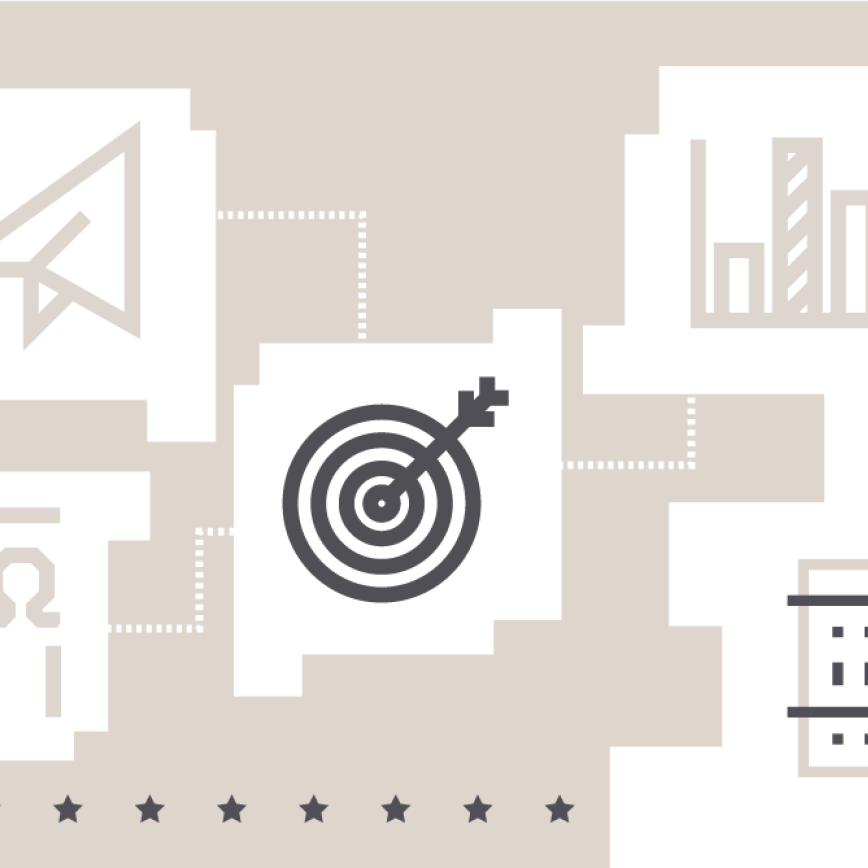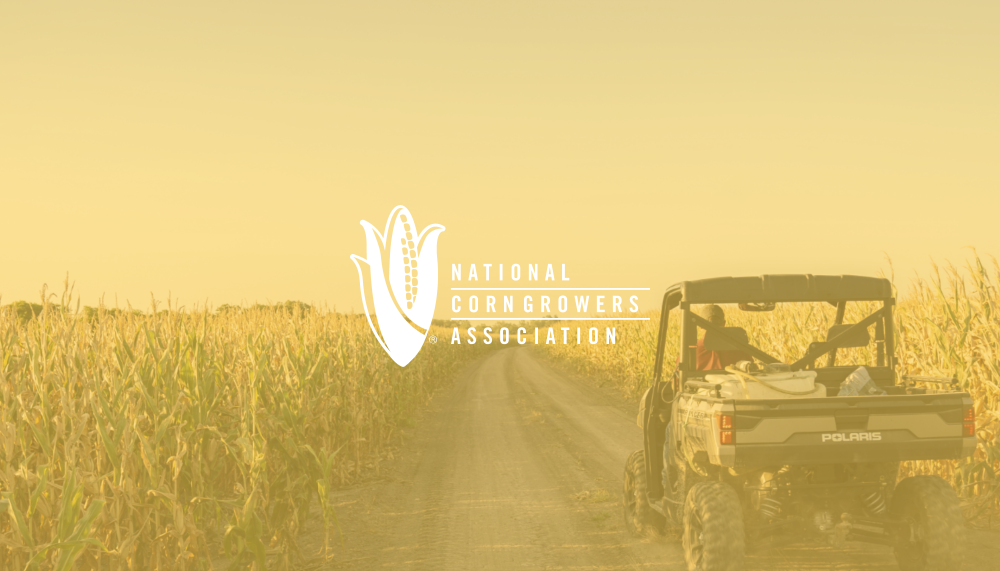Five Things to Remember for Media Interviews
Earned media is an essential tactic for every communications team.
Having something to say and working with the right reporters and outlets to say it is a skill that requires thoughtful attention. When the time comes for the interview, it’s critical that all the time and effort leading to this moment aren’t squandered.
Whether you’re briefing a principal for an interview or going on the record yourself, preparation and execution matter. Done right, interviews connect you with your audience and help tell your story and why it matters. Done wrong and your interview is viral on social media with your communications team doing damage control to protect your reputation and reduce further opposition to what you are trying to achieve.
Here are five things to remember before and during an interview to make sure that no matter the format, it’ll be a success.
- Preparation and practice. Preparation for interviews is key, but often it’s an underutilized practice. Even the most seasoned professionals still need a briefing on the reporter, the topic, or the news being discussed. At minimum, preparation should include knowing the topics of discussion and format of the interview. If you’ll be interviewed virtually, make sure to test out your camera angle, lighting and audio settings, and if you’ll be in person on camera, practice in the studio or do a mock recording beforehand to watch back and identify areas for improvement. Practice beforehand helps tighten responses, reduce filler words like “um,” and eliminate less confident sentence starters such as “I think” when answering questions.
- Dress for success. What you say on TV or via Zoom is only part of the equation – people will also look at your appearance. On camera, remember to avoid distracting patterns and flashy jewelry and stick to clothes of appropriate length and fit. For audio-only interviews, wear something that makes you feel confident and comfortable to set yourself up for success and allow you to focus on the conversation instead of getting distracted by what you’re wearing.
- Limit distractions. In today’s world, there’s no shortage of stimuli. For you and the viewer, it’s best to minimize distractions. This includes silencing any devices, closing out apps and turning off notifications before the interview begins to center your mind on the upcoming topic. Ensure your background is free from noise or interruptions that could distract you, the interviewer, or the audience during the conversation.
- Tell a memorable story. Remember that every interview is an opportunity to connect with your audience and tell a story. In addition to key messages or facts and figures, providing anecdotes and real-world examples makes the interview relatable and interesting. Think about the topic at hand and what you want your audience to know and focus on that information when answering questions. Good stories should be relevant and free of jargon or unnecessary details.
- Stick the landing. The end of an interview is just as important as the beginning. Always have a strong closing ready so that if asked, “Anything else to add?” at the end of an interview, you can reiterate your main points for the interviewer and for those who may have tuned in late. When given an open-ended opportunity to speak, don’t waste it by just saying thank you or saying nothing at all.

